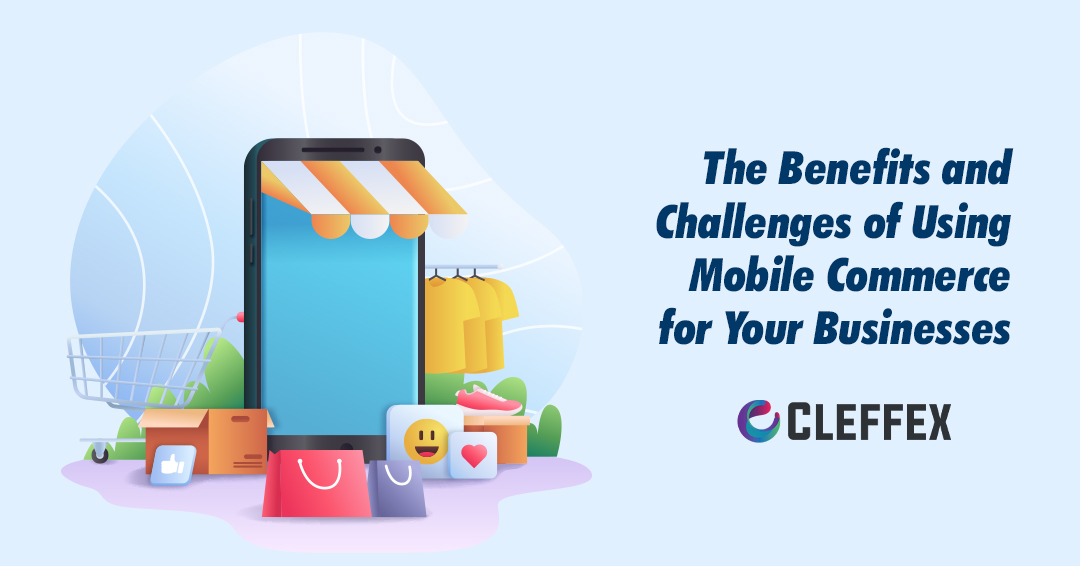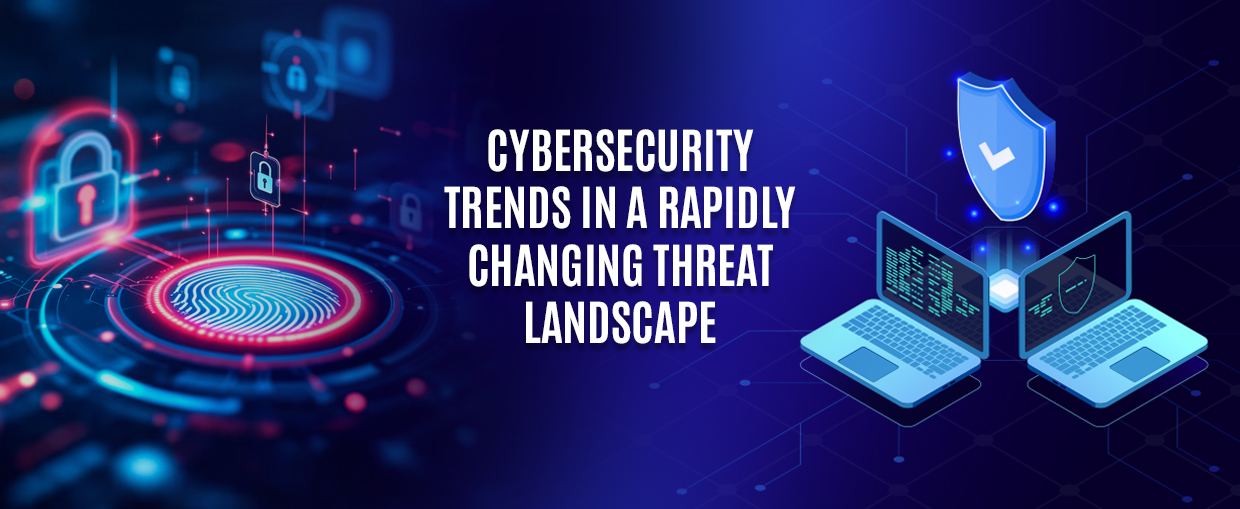Mobile Commerce (Mcommerce) is a form of online shopping that involves buying and selling goods and services through mobile devices such as smartphones, tablets, and smartwatches. To participate in MCommerce, businesses need to create mobile-optimized websites, social media platforms, and native or web apps that cater specifically to mobile device users. Essentially, Mobile Commerce is a more targeted version of ecommerce that is designed to meet the unique needs and preferences of mobile users.
Statista projects that the global market for smartphones will surpass seven billion users by 2027. As a result, MCommerce is rapidly growing in popularity and transforming the world of ecommerce in distinctive and intriguing ways. Also, ecommerce app development has become increasingly important for businesses looking to reach wider audiences and provide customers with convenient ways to shop on their mobile devices.
Mobile Commerce can be broken down into two categories.
Mobile shopping: It is the process of buying goods using mobile devices, such as smartphones or tablets, through various online shopping platforms such as Amazon, eBay, or local retailers’ Shopify stores.
Mobile payments: It encompasses a variety of payment methods conducted through mobile devices, including money transfers, mobile banking, contactless payments, in-app payments, electronic ticketing, and more.
The Advantages of Using Mobile Commerce for Your Business
1.High Market Reach
Mobile Commerce enables businesses to expand their audience beyond the scope of traditional ecommerce. With Mcommerce, businesses can target mobile users who are constantly on-the-go, such as those commuting on a bus, at work, or in a shopping mall or airport, and who may not have the time or means to shop on a desktop computer. Mcommerce also facilitates global outreach, allowing businesses to connect with customers worldwide.
2.Enhanced Customer Engagement
Mcommerce provides businesses with the opportunity to enhance customer engagement. Through Mobile Commerce, businesses can send push notifications to customers’ mobile devices to notify them of special offers or promotions. Additionally, customers can easily leave feedback by providing reviews or ratings for products they have purchased. By capitalizing on this increased customer engagement, businesses can improve their products, services, and overall brand image.
3.Sales and Return on Investment (ROI)
Mcommerce has the potential to increase sales and return on investment (ROI) for businesses. Mobile shoppers are more likely to make impulse purchases, which can contribute to higher sales figures. Furthermore, Mobile Commerce can help businesses reduce costs associated with shipping, inventory management, and other operational expenses.
4. Customer Loyalty
Mcommerce has the potential to promote stronger customer loyalty. When customers have a positive experience shopping through Mcommerce, they are more inclined to return to the same website or app for future purchases. Mobile Commerce enables businesses to create personalized shopping experiences for their customers by leveraging purchase history data to recommend similar products. Additionally, optimizing the user experience can improve customer loyalty, as customers who have a positive experience are more likely to return to a website or app for future purchases.
5. Brand Visibility
Mcommerce can enhance businesses’ visibility and brand awareness. Through Mcommerce, businesses can leverage push notifications to remind customers of special offers or promotions, thus increasing their visibility. Additionally, Mcommerce allows for customer feedback, as customers can easily provide reviews or ratings for products they have purchased. Such feedback can boost brand awareness by creating a positive reputation for the business.
6. Social Media Engagement
Mcommerce has the potential to encourage customer interaction and social media engagement. Mobile shoppers are more likely to make impulse purchases, thus leading to increased customer engagement. Furthermore, Mobile Commerce can help businesses reduce costs associated with shipping, inventory management, and other operational expenses.
7. Sales and Conversions
Mcommerce can benefit businesses by boosting sales and conversions, as well as fostering customer loyalty through positive experiences. Additionally, it can lead to cost savings on expenses like inventory and shipping.
8. Location-Based Services
Mcommerce can enable businesses to provide location-based services to customers. For instance, companies can track a customer’s location to deliver targeted offers and promotions.
9. Growth Potential
Although Mcommerce already has a substantial user base, the sector is rapidly growing. According to Statista, Mcommerce is projected to account for over 10% of all retail sales in the United States by 2025. This growth potential highlights the importance of a long-term Mcommerce strategy for businesses.
The Challenges of Using Mobile Commerce for Your Business
Although Mcommerce offers clear advantages for startups or enterprises, there are also some challenges that need to be addressed.
1. Users Expect Highly Optimized Experience
Creating a consistent Mobile Commerce ecosystem for a brand across mobile devices, web platforms, and social media requires significant resources and careful planning.
Users have high expectations for their Mcommerce experience and expect it to be optimized and up-to-date with the latest trends. It’s important for your developer to create software that loads quickly, is bug-free, and meets user expectations. A development team that provides support throughout the development process, as well as post-release, can help ensure high retention rates for your Mcommerce apps.
2. Security and Privacy
Mcommerce software, like apps, must be highly secure to prevent hacking, fraud, and other types of corruption that can occur when mobile devices are lost or stolen.
3. Compatibility
Mobile devices vary in terms of their physical characteristics, such as size and screen resolution, as well as their software platforms. For instance, an iPad has a larger screen and a different operating system than a small Android phone. To provide an excellent Mcommerce experience, businesses need to ensure that their apps and websites are optimized for all mobile devices.
4. Payment Options
One more challenge in adopting Mobile Commerce for businesses is the integration of payment options, as users have varying preferences and expectations when it comes to payment methods.
Mobile Commerce & User Interface/User Experience Design
Creating a top-notch user interface (UI) and user experience (UX) design is crucial for successful mobile shopping. It can improve the customer experience, increase conversions, receive positive reviews, and enhance brand recognition and loyalty. A good UI/UX design can also help your mobile apps rank higher on search engines and app stores. Several features of good design for Mcommerce apps include:
- It Should be User-friendly
Your Mobile Commerce platform should be designed with a simple and understandable design language, making it easy and quick for users to navigate.
- It Should Have Sleek and Intuitive Design
The design of the software should be both visually appealing and intuitive, ensuring that every element such as frames, icons, text, and notifications are in their expected locations. It should also be easy for users to understand and navigate.
- It Should have Easy Navigation
Clear navigation cues should enable users to navigate your software easily.
- It Should be Responsive
The software should be able to adapt and work effectively on any type of device, including desktop and mobile.
- It Should have Cross-platform Compatibility
To ensure a good Mobile Commerce experience, it is necessary to make it accessible and user-friendly on both desktop and mobile devices.
- It Should Have a Safe and Secure Checkout Process:
To instill confidence in your users, it is important to have a secure and user-friendly checkout process, and to implement a strong security system to safeguard users’ information.
- It Should Have Customer Support:
It is crucial to provide users with adequate support, which can be achieved by implementing AI-powered chatbots capable of providing instant solutions, while also enabling seamless access to live agents when required.
- Branding:
To effectively represent your brand’s values and identity, it is important to ensure that the design of your platform is consistent with your brand’s visual identity across both mobile and desktop platforms.
The Future of Mobile Commerce
Mobile Commerce has experienced exponential growth in recent times, fueled by the increasing usage of smartphones and tablets, as well as the widespread acceptance of mobile payment systems like Apple Pay and Google Pay. Mcommerce is rapidly emerging as the future of shopping, as it is fast, convenient, and user-friendly. With just a few clicks, users can purchase anything they want, at any time and location. It is expected that Mcommerce sales will reach several trillion dollars by the end of the decade.
Conclusion
Mobile Commerce can provide businesses with various advantages, including increased market reach, brand enhancement, cost reduction, and revenue generation. However, to remain competitive, companies must stay up-to-date with the latest Mcommerce trends. This involves investing in mobile-optimized websites, native apps, web apps, and relevant in-app features such as push notifications, order tracking, loyalty programs, mobile-specific deals, and other functionalities.
If you want to build a successful mobile application, you need to hire app developers who possess the necessary skills and expertise in mobile app development to help you achieve your business goals.
Collaborate with our efficient mobile app development company with the best digital marketing services to help you out with this!









